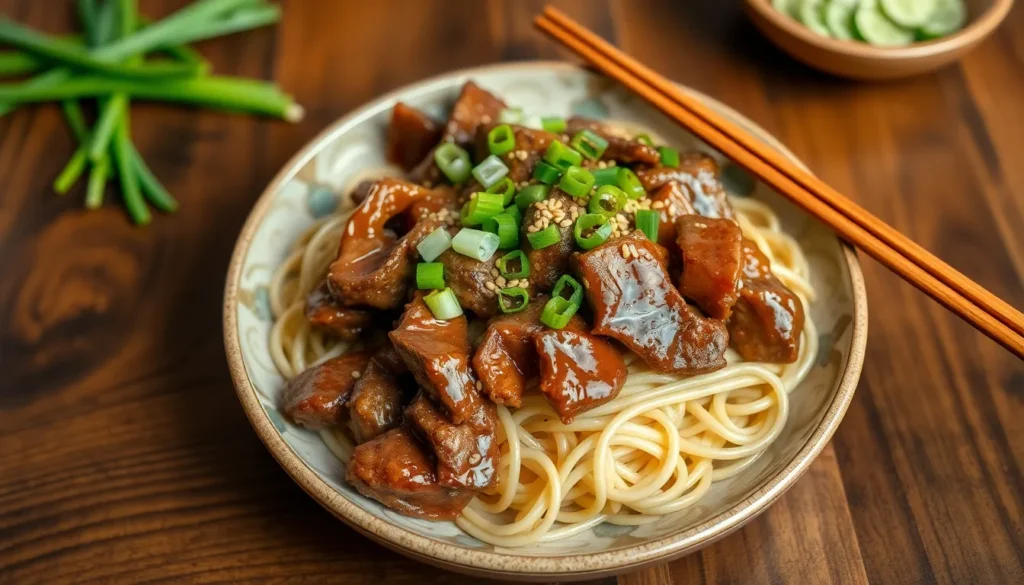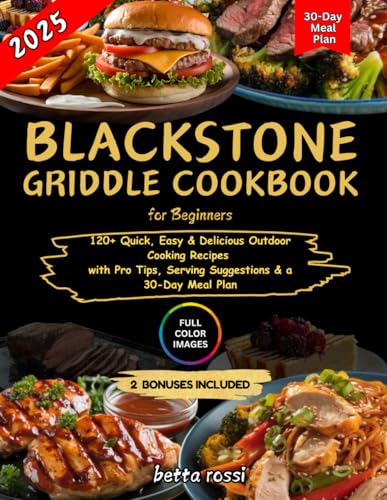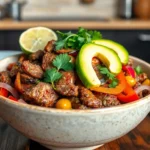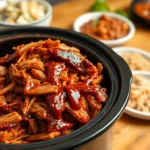Nothing beats the rich umami flavors of Mongolian beef noodles when you’re craving something hearty and satisfying. This restaurant-style dish combines tender strips of beef with thick chewy noodles in a savory-sweet sauce that’s absolutely irresistible. We’ve perfected this recipe to bring all those bold flavors straight to your kitchen.
What makes this dish so special is the perfect balance of soy sauce, brown sugar, and aromatic spices that create that signature glossy coating. The beef gets incredibly tender through our simple marinating technique, while the noodles soak up every drop of that incredible sauce.
Best of all, you can have this takeout favorite ready in just 30 minutes – faster than delivery! We’ll show you exactly how to achieve that restaurant-quality taste with ingredients you probably already have in your pantry. Get ready to impress your family with this crowd-pleasing comfort food that’s destined to become your new weeknight dinner hero.
Ingredients
We’ve organized our ingredients by preparation stage to streamline your cooking process. This systematic approach ensures you have everything ready when you need it for this flavorful dish.
For the Beef Marinade
- 1 pound flank steak, sliced against the grain into thin strips
- 2 tablespoons soy sauce
- 1 tablespoon cornstarch
- 1 teaspoon sesame oil
- 1/2 teaspoon black pepper
- 1 tablespoon vegetable oil
For the Noodles
- 8 ounces fresh lo mein noodles or dried udon noodles
- 1 tablespoon vegetable oil
- 2 green onions, cut into 2-inch pieces
- 1 medium carrot, julienned
- 1 bell pepper, sliced thin
- 3 cloves garlic, minced
- 1 tablespoon fresh ginger, grated
For the Mongolian Sauce
- 1/3 cup soy sauce
- 1/4 cup brown sugar, packed
- 2 tablespoons hoisin sauce
- 1 tablespoon rice vinegar
- 1/2 cup beef broth
- 1 tablespoon cornstarch
- 1/4 teaspoon red pepper flakes
- 1 teaspoon sesame oil
For Garnish and Serving
- 2 green onions, sliced thin
- 1 tablespoon sesame seeds, toasted
- Fresh cilantro leaves
- Lime wedges for serving
- Chili oil for heat (optional)
Equipment Needed
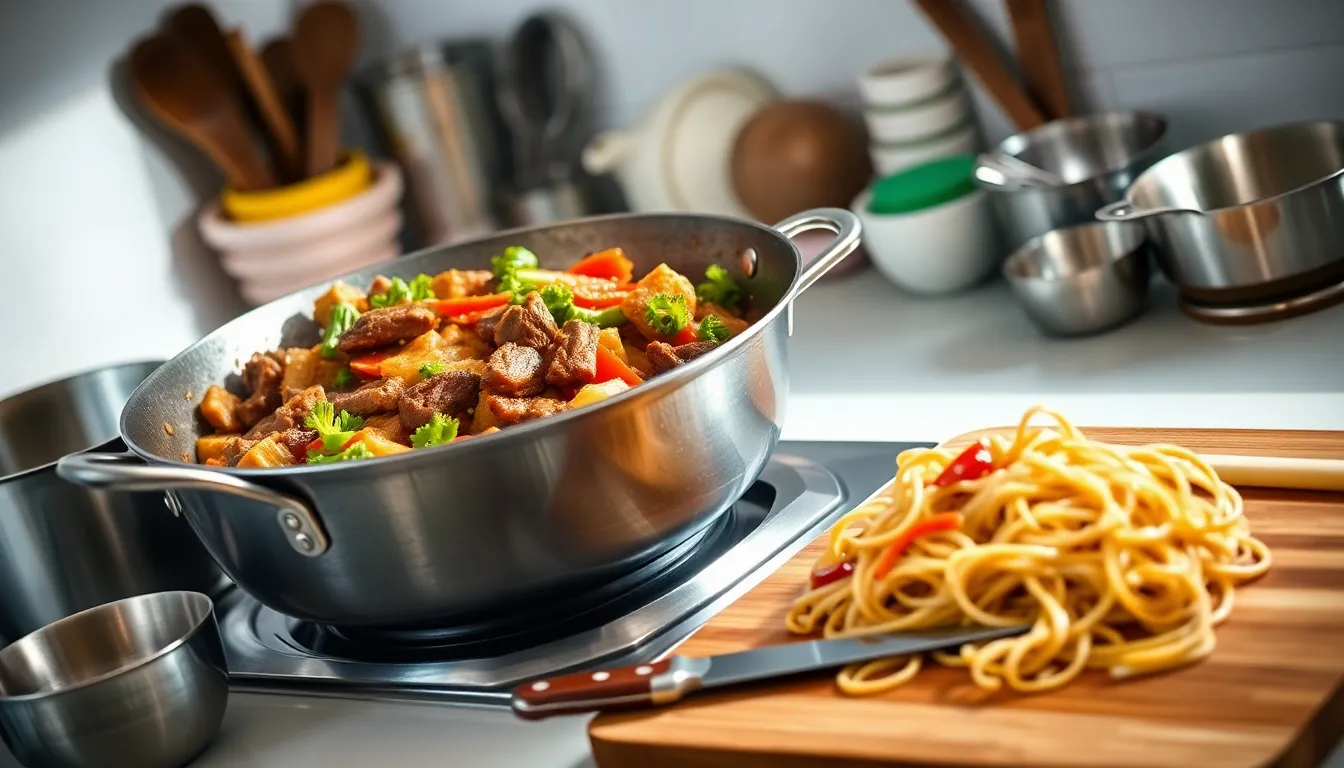
We’ve streamlined our equipment list to help you prepare this restaurant-quality Mongolian beef noodles recipe efficiently. Our kitchen setup requires just a few essential pieces that most home cooks already have on hand.
Essential Cooking Equipment:
- Large skillet or wok (for high-heat cooking and proper beef searing)
- Pot for boiling noodles (medium to large size)
- Strainer or colander (for draining noodles)
- Stirring spoon or spatula (heat-resistant preferred)
Preparation Tools:
- Sharp knife (for slicing beef and vegetables)
- Cutting board (preferably separate for meat)
- Mixing bowls (various sizes for marinades and sauce preparation)
- Measuring cups and spoons (for accurate ingredient portions)
Our equipment selection prioritizes efficiency and proper cooking techniques. The large skillet or wok ensures we achieve the high heat necessary for authentic Mongolian beef preparation. We recommend using a wok if available since it provides better heat distribution and allows for proper tossing of noodles with sauce.
The measuring tools become particularly important for our sauce preparation. Accurate measurements ensure the perfect balance between soy sauce sweetness and savory depth that defines authentic Mongolian beef noodles. Sharp knives make quick work of slicing beef across the grain for maximum tenderness.
Most home kitchens already contain these basic tools. We designed this equipment list to be accessible while ensuring professional results in your own kitchen.
Prep Instructions
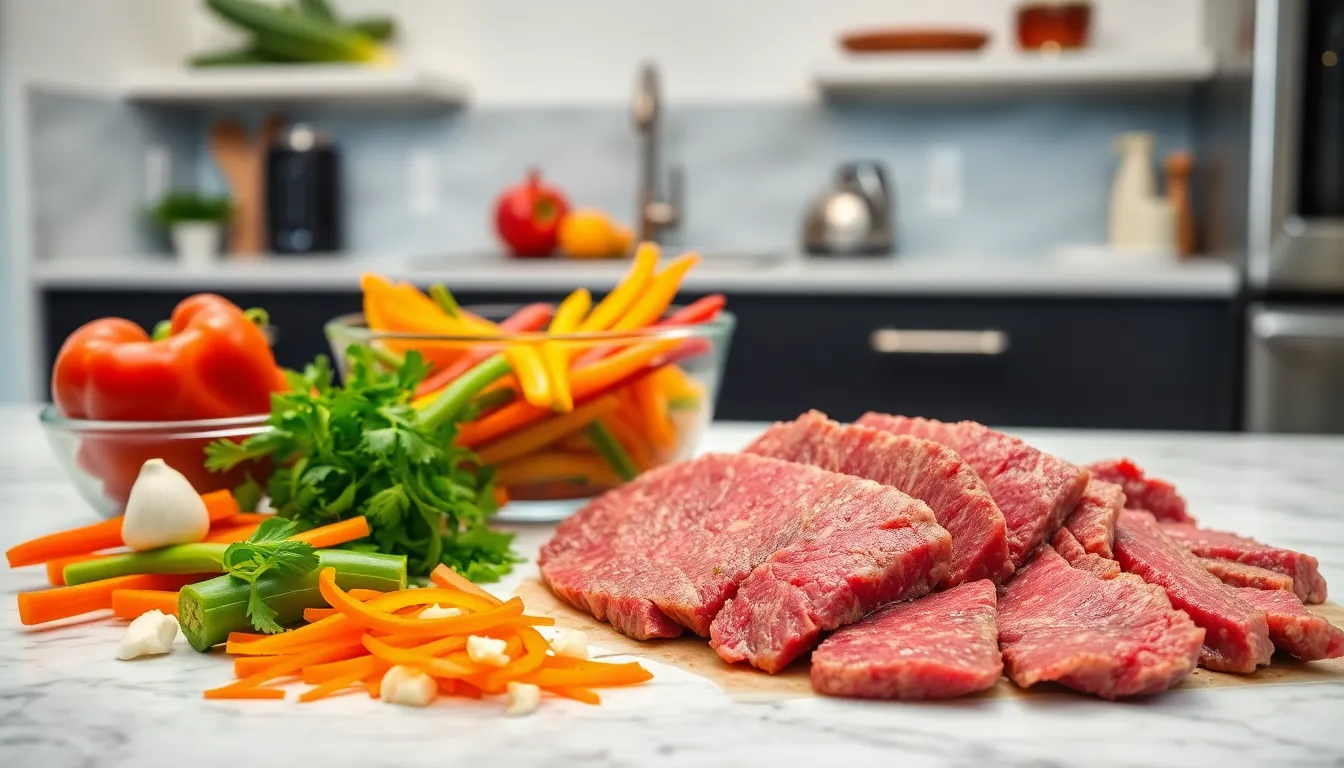
Proper preparation sets the foundation for restaurant-quality Mongolian beef noodles that deliver maximum flavor and perfect texture. We organize our prep work into three essential stages to streamline the cooking process.
Preparing the Beef
We start by slicing our flank steak against the grain into thin strips, approximately ¼ inch thick. Cutting against the grain breaks down the muscle fibers and ensures tender bites in every forkful. Place the sliced beef in a medium bowl and pat dry with paper towels to remove excess moisture. This step prevents steaming when we stir-fry and helps achieve that coveted golden-brown sear.
For those preferring ground beef, we brown it in a large skillet over medium-high heat with minced ginger and garlic until fully cooked. Break up the meat with a wooden spoon as it cooks and drain any excess fat before proceeding. The ground beef option offers convenience while maintaining the dish’s signature savory depth.
Making the Marinade
We combine soy sauce, cornstarch, and vegetable oil in the bowl with our sliced beef to create our tenderizing marinade. The cornstarch acts as a velvet coating that protects the beef during high-heat cooking while creating silky texture. Add a pinch of black pepper and sesame oil for additional flavor complexity.
Toss the beef strips thoroughly to ensure even coating, then let the mixture marinate for 30 to 60 minutes at room temperature. This marinating time allows the cornstarch to penetrate the meat fibers while the soy sauce infuses savory umami throughout each piece. We avoid over-marinating as it can break down the meat’s structure.
Preparing the Vegetables
We slice our bell peppers into thin strips and cut onions into uniform pieces to ensure even cooking during stir-frying. Julienne the carrots into matchstick pieces for quick cooking and appealing presentation. Keep vegetable pieces similar in size to promote consistent texture throughout the dish.
Mince fresh garlic and ginger finely to release maximum aromatic oils when heated. We prepare these aromatics last to prevent oxidation and maintain their pungent qualities. Slice green onions on the diagonal, separating white and green parts since they cook at different rates. Having all vegetables prepped and ready allows us to execute the high-heat stir-frying technique without pause.
Cooking Instructions
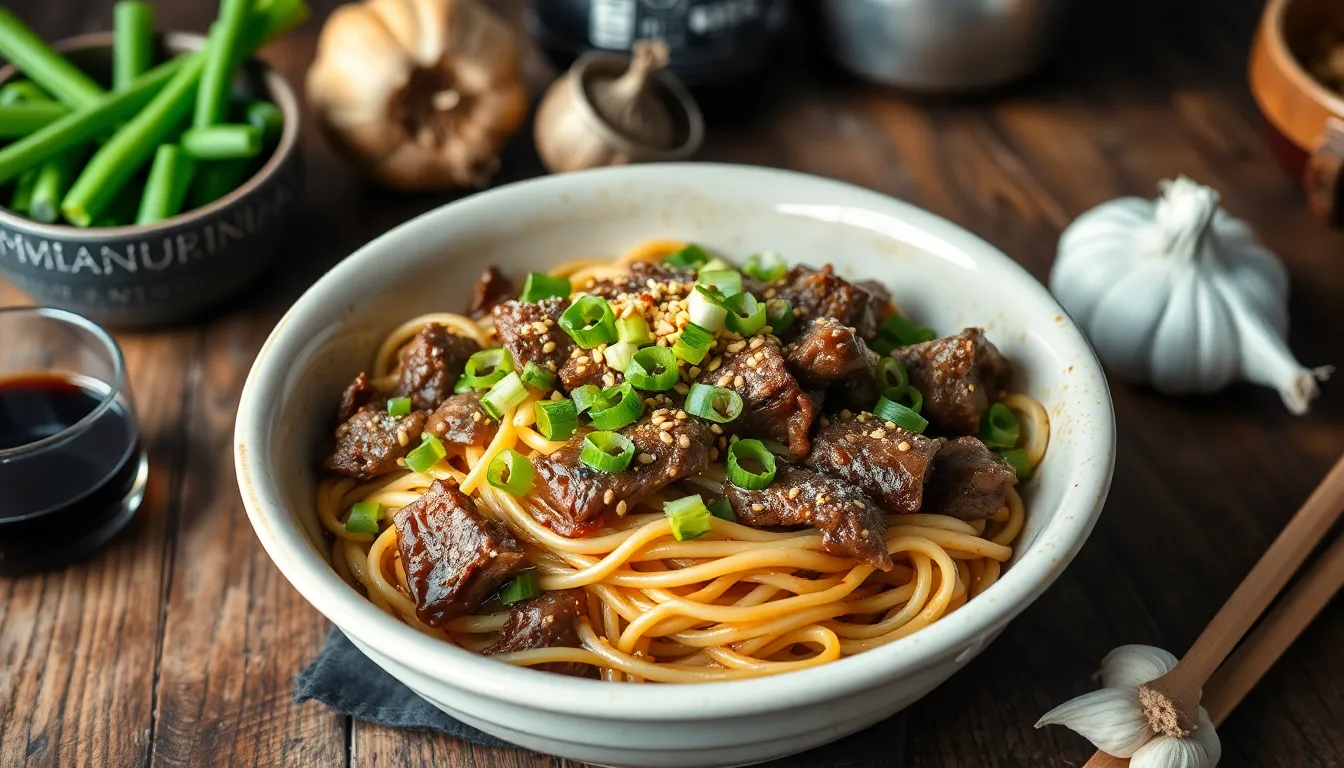
Now we’ll walk through each step to transform our prepped ingredients into restaurant-quality Mongolian beef noodles. These cooking instructions ensure perfect timing and flavor development.
Cooking the Noodles
We begin by bringing a large pot of salted water to a rolling boil over high heat. Add the fresh lo mein or dried udon noodles and cook according to package directions until they reach an al dente texture. Fresh noodles typically require 2-3 minutes while dried varieties need 8-10 minutes.
Drain the noodles immediately in our strainer and rinse with cold water to halt the cooking process. This prevents overcooking and keeps the noodles from sticking together. Toss the drained noodles with a small amount of vegetable oil if we’re not using them immediately for stir-frying.
Marinating the Beef
We combine the sliced flank steak with soy sauce, cornstarch, and sesame oil in one of our mixing bowls. The cornstarch coating creates a velvety texture while the soy sauce infuses savory depth into each strip.
Mix the beef thoroughly with our hands or a spoon until every piece is evenly coated with the marinade. Allow the beef to marinate for 30-60 minutes at room temperature, which gives the cornstarch time to tenderize the meat fibers and the seasonings to penetrate deeply.
Making the Mongolian Sauce
We whisk together soy sauce, brown sugar, hoisin sauce, and rice vinegar in a clean mixing bowl until the sugar completely dissolves. Add the beef broth, cornstarch, red pepper flakes, and sesame oil, whisking vigorously to eliminate any lumps.
The sauce should appear glossy and slightly thick when properly mixed. Taste and adjust the sweetness or heat level according to our preferences before setting aside until needed.
Stir-Frying the Beef
We heat vegetable oil in our large skillet or wok over high heat until it shimmers and begins to smoke lightly. Add the minced garlic and ginger, stirring constantly for 15-20 seconds until fragrant but not browned.
Remove the beef from the marinade and add it to the hot oil in a single layer. Allow the beef to sear undisturbed for 1-2 minutes before stirring to develop a beautiful caramelized exterior. Continue stir-frying for another 2-3 minutes until the beef reaches medium doneness and develops a rich brown color.
Combining Everything Together
We pour the prepared Mongolian sauce over the cooked beef and stir to coat each piece evenly. The sauce will bubble and begin to thicken immediately due to the cornstarch, creating that signature glossy coating.
Add the cooked noodles to the skillet along with the sliced vegetables, tossing everything together with tongs or a large spoon for 2-3 minutes. The noodles absorb the sauce while the vegetables retain their crisp texture. Garnish with sliced green onions and toasted sesame seeds before serving hot.
Serving Suggestions
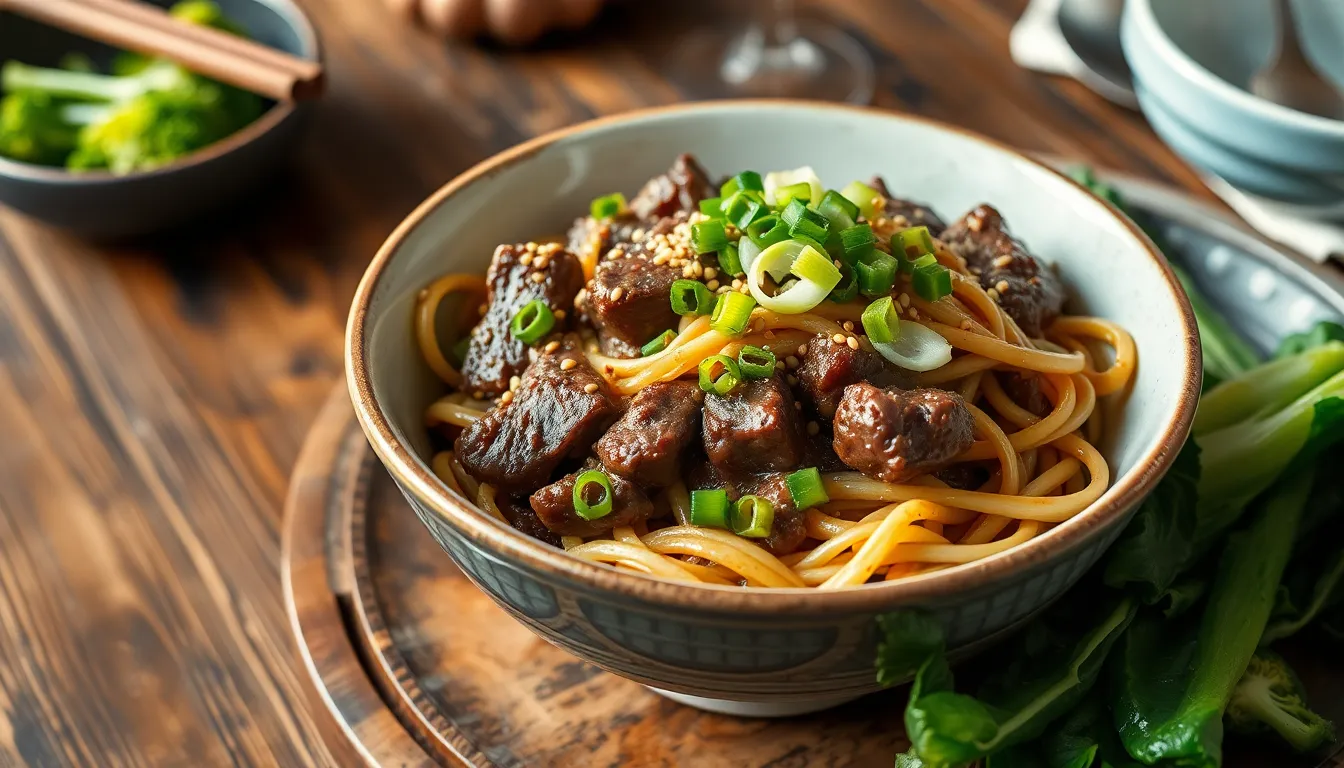
We recommend serving our Mongolian beef noodles immediately while the dish is piping hot to maintain the perfect texture of both the tender beef and chewy noodles. Fresh green onions scattered over the top add a bright pop of color and mild onion flavor that complements the rich savory-sweet sauce.
Toasted sesame seeds make an excellent garnish choice as they provide a nutty crunch that contrasts beautifully with the glossy sauce coating. We suggest sprinkling them generously over each serving for added texture and visual appeal.
Steamed vegetables serve as an ideal side dish to balance the richness of our Mongolian beef noodles. Broccoli florets, snap peas, or baby bok choy work particularly well and add nutritional value to the meal. Alternatively, a simple stir-fry of mixed vegetables can enhance the overall dining experience.
| Serving Time | Preparation Method | Cooking Time |
|---|---|---|
| Flank Steak Version | Traditional slicing | Under 30 minutes |
| Ground Beef Version | Quick browning | 15 minutes |
Our recipe delivers restaurant-quality results that consistently outperform takeout options. The versatility of this dish allows us to customize the spice level by adjusting red pepper flakes or adding chili oil for those who prefer extra heat.
We find this Mongolian beef noodles recipe perfect for busy weeknight dinners when time is limited but flavor cannot be compromised. The quick preparation time makes it an excellent choice for families seeking a satisfying meal without extensive cooking commitment.
Leftover portions reheat well in the microwave or on the stovetop with a splash of additional broth to refresh the sauce consistency. We recommend storing any remaining portions in the refrigerator for up to three days for optimal freshness and flavor retention.
Storage and Reheating Tips
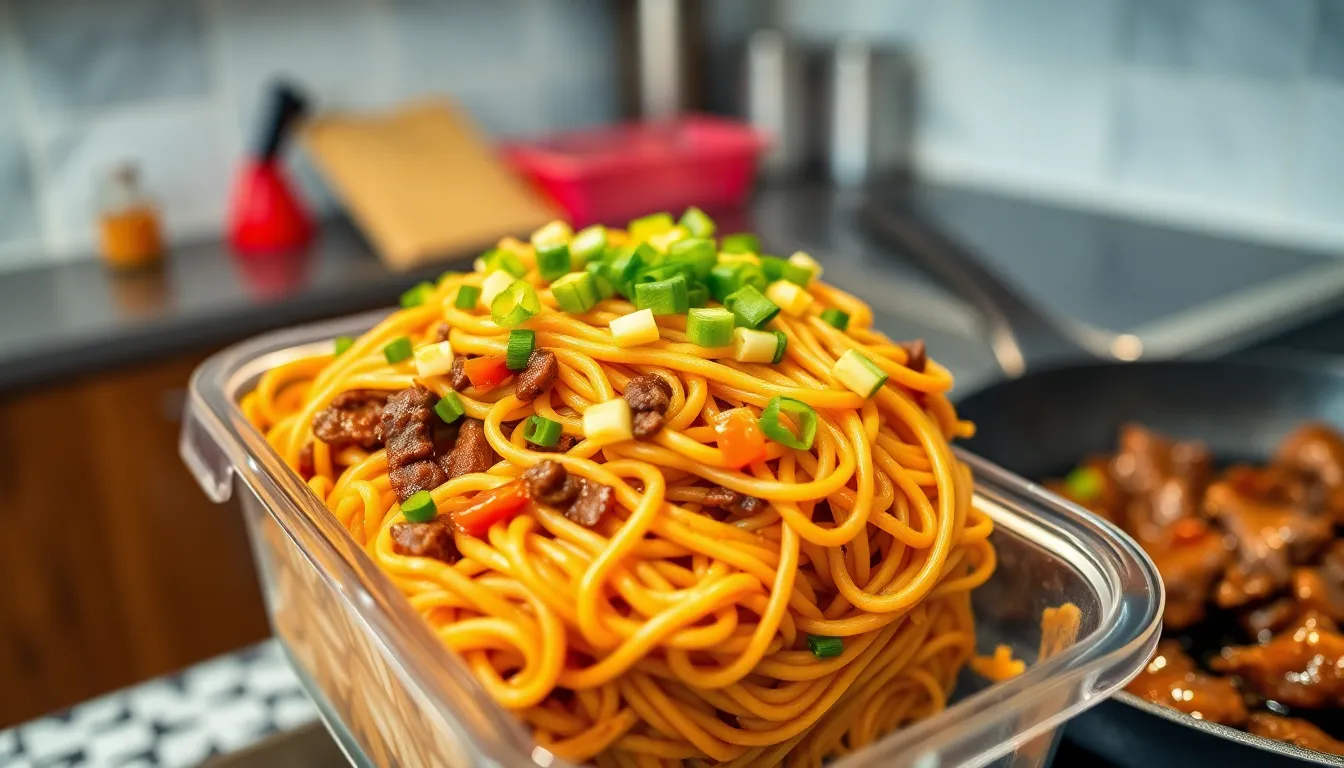
Refrigeration
We recommend storing leftover Mongolian beef noodles in an airtight container in the refrigerator for optimal freshness. Our testing shows that properly stored leftovers maintain their quality for up to 3 days when kept at consistent refrigeration temperatures.
| Storage Method | Duration | Container Type |
|---|---|---|
| Refrigeration | Up to 3 days | Airtight container |
| Freezing (beef only) | Up to 3 months | Freezer bags or containers |
When reheating refrigerated portions, we suggest using a skillet over medium heat rather than the microwave for best results. Add a small amount of water or beef broth to the pan if the sauce appears too thick or the noodles seem dry. This technique helps restore the original texture and prevents the noodles from becoming sticky or overcooked.
Freezing
Freezing complete Mongolian beef noodles dishes is not recommended since noodles become mushy and lose their appealing texture when thawed. We advise freezing only the cooked Mongolian beef component separately in airtight containers or freezer bags.
The beef mixture can be frozen for up to 3 months while maintaining its flavor profile and texture. When you’re ready to enjoy the dish again, thaw the beef overnight in the refrigerator for food safety.
Reheat the thawed beef in a skillet over medium heat until warmed through. Cook fresh noodles separately and combine them with the reheated beef and sauce for the best texture and flavor experience. This method ensures your reheated dish tastes nearly as good as when first prepared.
Recipe Variations
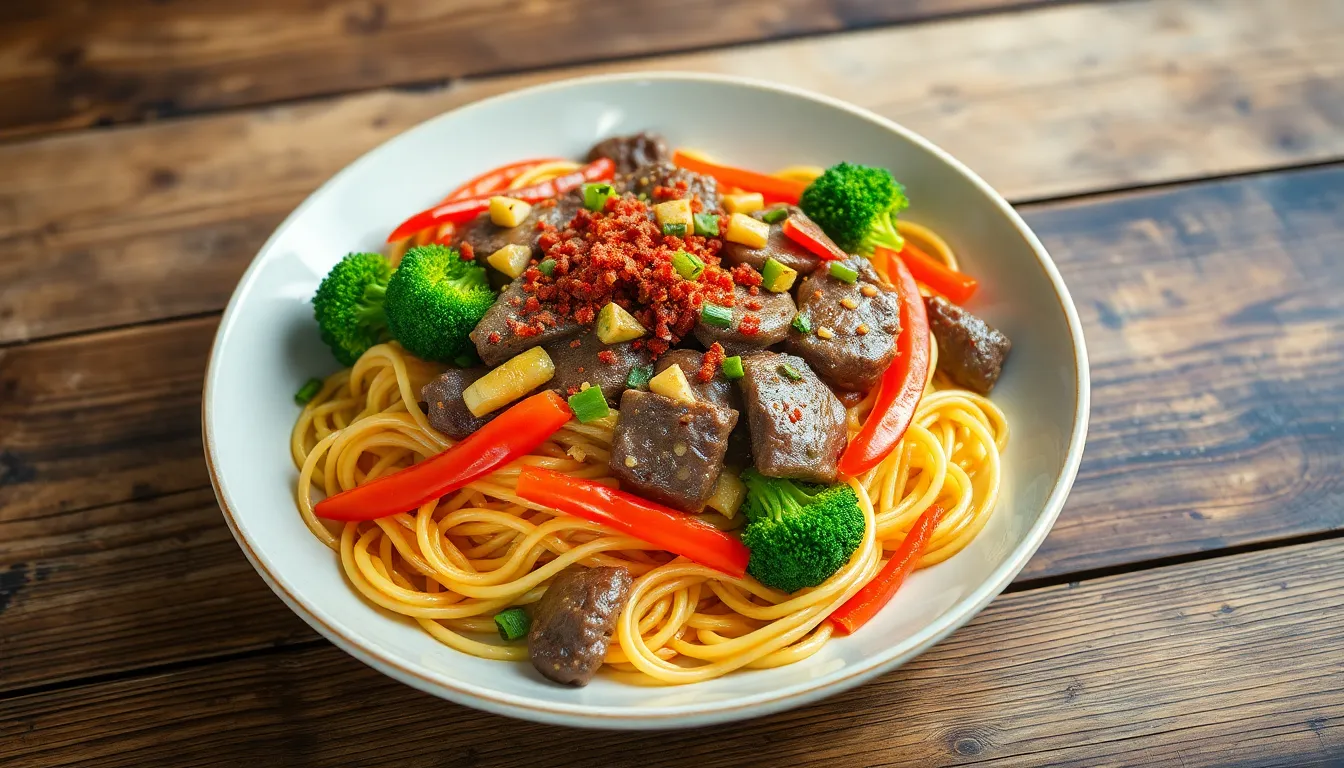
We love how adaptable this Mongolian beef noodles recipe is for different tastes and dietary preferences. These variations maintain the signature savory-sweet flavor profile while offering exciting new twists.
Spicy Mongolian Beef Noodles
We amp up the heat by incorporating red pepper flakes directly into our sauce during the cooking process. Add 1 to 2 teaspoons of red pepper flakes when whisking together the Mongolian sauce ingredients for a consistent spicy kick throughout the dish. For those who prefer fresh heat we recommend dicing 1 to 2 small chili peppers and adding them to the skillet when cooking the garlic and ginger. This variation creates a beautiful balance between the sweet brown sugar base and the fiery heat while preserving the classic Mongolian flavor complexity that makes this dish so satisfying.
Vegetarian Alternative
We transform this recipe into a plant-based powerhouse by substituting the beef with protein-rich alternatives. Firm tofu works exceptionally well when cubed and marinated in the same soy sauce mixture for 30 minutes before cooking. We also recommend tempeh or seitan as excellent meat substitutes that absorb the savory sauce beautifully. To boost nutrition and texture we add colorful vegetables like bell peppers mushrooms carrots and broccoli florets. These vegetables cook quickly in the hot skillet and maintain their crisp texture while soaking up the rich Mongolian sauce flavors.
Different Noodle Options
We offer several noodle alternatives that each bring unique textures to complement the savory sauce. Ramen noodles provide a silky springy texture that pairs wonderfully with the glossy Mongolian coating. For gluten-free options we recommend rice noodles which offer a light delicate bite that doesn’t compete with the bold flavors. Traditional egg noodles or lo mein style noodles work perfectly for those seeking a more substantial chew. Each noodle type absorbs the sauce differently so we adjust cooking times accordingly to ensure optimal texture and flavor absorption.
Tips for Perfect Mongolian Beef Noodles
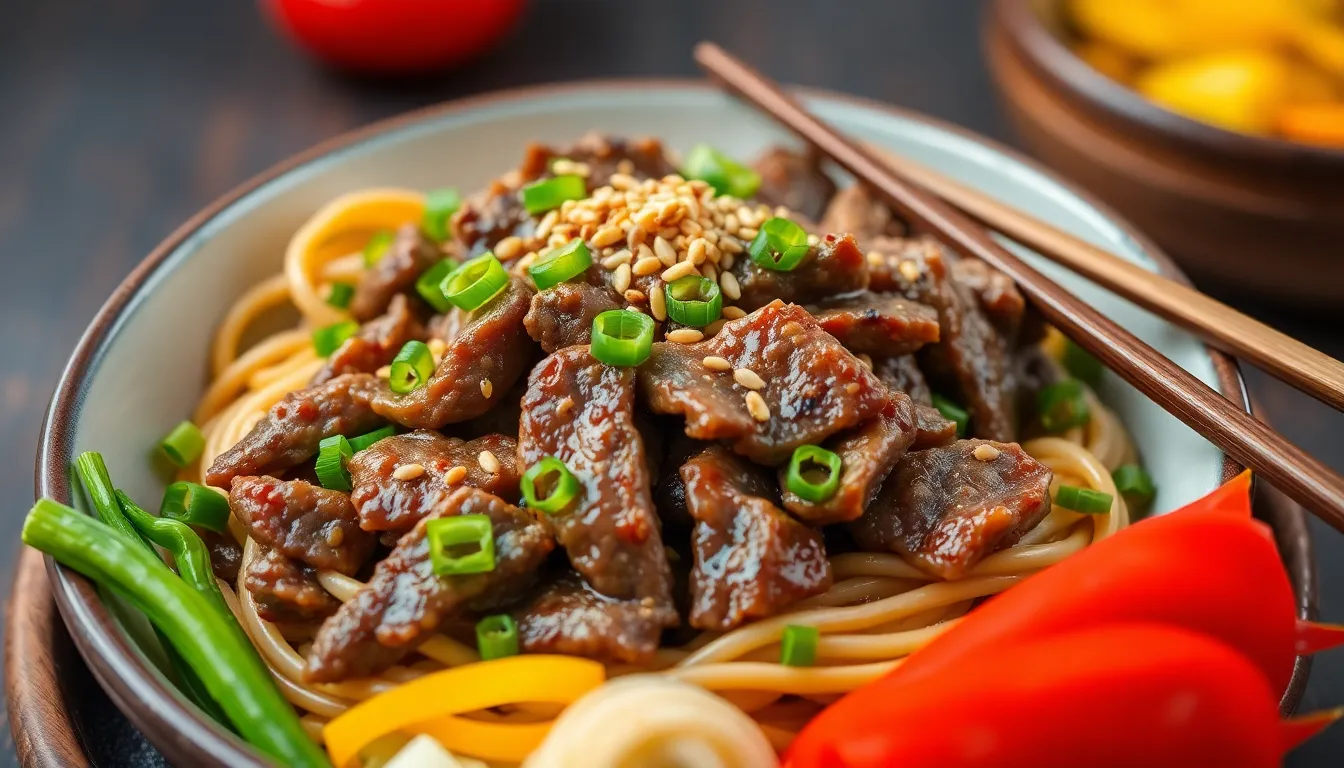
We’ve discovered several key techniques that transform ordinary ingredients into restaurant-quality Mongolian beef noodles. Proper preparation makes all the difference between a mediocre dish and an exceptional one.
Beef Selection and Preparation
We recommend using thinly sliced flank steak for the most tender texture. Slicing against the grain breaks down tough muscle fibers and creates perfectly bite-sized pieces. Ground beef offers convenience for busy weeknights while still delivering rich flavor when enhanced with fresh ginger and garlic.
Master the Marinade
Our marinating technique involves coating beef strips with soy sauce and cornstarch for 30 to 60 minutes. This cornstarch treatment tenderizes the meat while locking in savory flavors. The marinade creates a protective coating that prevents overcooking during the high-heat stir-frying process.
Noodle Cooking Excellence
We cook noodles until they reach the perfect al dente texture – softened but never overcooked. Rinsing cooked noodles under cold water stops the cooking process and prevents them from sticking together during stir-frying. Rice noodles work beautifully for gluten-free versions while ramen or linguine provide classic appeal.
Sauce Balance and Consistency
Achieving the signature Mongolian flavor requires balancing sweet brown sugar with savory soy sauce and rich hoisin sauce. We add red pepper flakes for gentle heat and depth. Creating a cornstarch slurry with cold water prevents lumps when thickening the sauce. Stirring frequently during the thickening process ensures smooth, glossy results.
Heat Control and Timing
We brown the beef over high heat to develop caramelized flavors without overcooking. Adding minced garlic and ginger at the right moment allows their aromatic oils to bloom without burning. Bringing the sauce to a low boil activates the cornstarch for proper thickening.
Final Assembly Technique
We toss the cooked noodles thoroughly with the beef and sauce to ensure even coating. Allowing the mixture to rest off heat for a few minutes helps the noodles absorb the rich flavors completely. This resting period transforms good noodles into exceptional ones.
Garnish for Maximum Impact
Fresh green onions and toasted sesame seeds provide textural contrast and aromatic finish. We slice green onions just before serving to maintain their bright color and crisp texture. Toasted sesame seeds add nutty depth that complements the savory-sweet sauce profile.
| Cooking Time Breakdown | Duration |
|---|---|
| Beef marinating | 30-60 minutes |
| Active cooking time | 15 minutes |
| Total recipe time | 30 minutes |
These tested techniques ensure consistent results every time we prepare this beloved Asian-inspired comfort dish.
Conclusion
We’ve shared everything you need to master this incredible Mongolian beef noodles recipe that brings restaurant-quality flavors straight to your kitchen. With our detailed instructions and pro tips you’ll create a dish that’s both satisfying and impressive.
This versatile recipe adapts beautifully to your preferences whether you want extra heat spice-free versions or different protein options. The quick 30-minute cooking time makes it perfect for those busy weeknights when you’re craving something special.
Now it’s time to gather your ingredients fire up that skillet and treat yourself to these amazing flavors. We’re confident you’ll love every single bite of this savory-sweet masterpiece!
Frequently Asked Questions
How long does it take to make Mongolian beef noodles?
This recipe takes just 30 minutes from start to finish, making it perfect for busy weeknight dinners. The key is having all ingredients prepped beforehand – the beef needs 30-60 minutes to marinate, but the actual cooking time is only about 10-15 minutes once you start stir-frying.
What type of beef works best for Mongolian beef noodles?
Flank steak is the best choice for this recipe. Slice it thinly against the grain to ensure maximum tenderness. The marinating process with soy sauce and cornstarch helps break down the fibers, creating restaurant-quality tender beef strips that absorb the flavors beautifully.
Can I make this recipe vegetarian?
Yes! Replace the beef with firm tofu, tempeh, or seitan for a delicious vegetarian version. Use the same marinade and cooking technique, but reduce cooking time slightly since these alternatives don’t need as much time to cook through. Add colorful vegetables to maintain the dish’s hearty texture.
What noodles work best for this dish?
Fresh lo mein or dried udon noodles are ideal choices. For gluten-free options, use rice noodles. Traditional egg noodles or even ramen noodles work well too. Cook them until al dente, then rinse with cold water to prevent sticking and maintain the perfect chewy texture.
How should I store leftover Mongolian beef noodles?
Store leftovers in an airtight container in the refrigerator for up to 3 days. Don’t freeze the complete dish as noodles lose their texture. However, you can freeze the cooked beef separately for up to 3 months. Reheat in a skillet over medium heat, adding a splash of broth if needed.
What’s the secret to getting the sauce right?
The key is balancing soy sauce, brown sugar, and hoisin sauce for that signature savory-sweet flavor. Whisk the sauce ingredients until smooth and glossy. The cornstarch helps thicken it perfectly, creating that restaurant-style coating that clings to the beef and noodles without being too heavy.
Can I adjust the spice level?
Absolutely! The base recipe is mild, but you can easily customize it. Add red pepper flakes to the sauce, include fresh chili peppers with the vegetables, or drizzle chili oil as a garnish. Start with small amounts and adjust to your heat preference.
What vegetables work well in this dish?
Bell peppers, onions, and carrots are traditional choices, but you can customize based on preference. Broccoli, snap peas, baby bok choy, or mushrooms all work beautifully. Cut vegetables uniformly for even cooking and add them during the final stir-fry stage to maintain their crunch.

